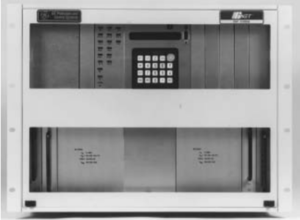No products in the cart.
How to Connect to a GE DGP Relay with Testing Tips

DGP:
Cable: 9-pin to 9-pin RS-232 Null Modem
Software: EnerVista DGP
Software Default Settings
Unit ID (Address): 0
Real-Time Data Update rate: 2
Granular Timeout: 150
No. of Retries: 5
Switch Code:
Termination Code:
Baud Rate: 9600 (or 2400)
Parity: None
Stop Bits: 1
Data Bits: 8
Modem Init String:
Passwords & Connection Info
Model: From right side of case or on top middle on newer relays
Password: CTRL or SETT or VIEW . You might need to add an “.” or “!” to the end and change the password
Don’t spend a lot of time on communication, it is hit and miss. If it doesn’t work, press [ACT] button on front panel, scroll to “Enter Password” and type “1234.” Or “5678.” And enter settings manually. Hit [END] and [ENT] after last setting entry to save.
Testing Tips
- 87 Differential Protection needs neutral current input from residual current to operate!!!! Connect CT connections 2-4-6-7 and connect return to terminal 8
- 59 requires 3 phase to operate properly
- When testing VTFF, Current should be >0.1 but < 87G Pickup Setting
- The solid-state trip outputs may bleed too much voltage when the contact are open and your test-set may indicate that they are closed when they are actually open. Look for voltage sensing controls in your test-set configuration and manipulate those numbers to get actual indication. Otherwise use the alarm contacts to do your testing and prove the in-service contacts change state correctly with a fluke.
Did you like this post?
You can share it with these links:
Read More Articles:
How to Connect to a GE MIV Relay

Any chance you have a good tip about running this program on a newer, 64bit machine? Looks like I’m going to set up a VM to get it workin’
I wouldn’t bother. The software was extremely limited when it did work on the computers of the day, and even then it was a 50/50 chance whether you were going to be able to communicate at all.
I just manually recorded the settings on a test sheet from the front panel. It was faster than fighting the program communications and eventually it was faster than the using the program.